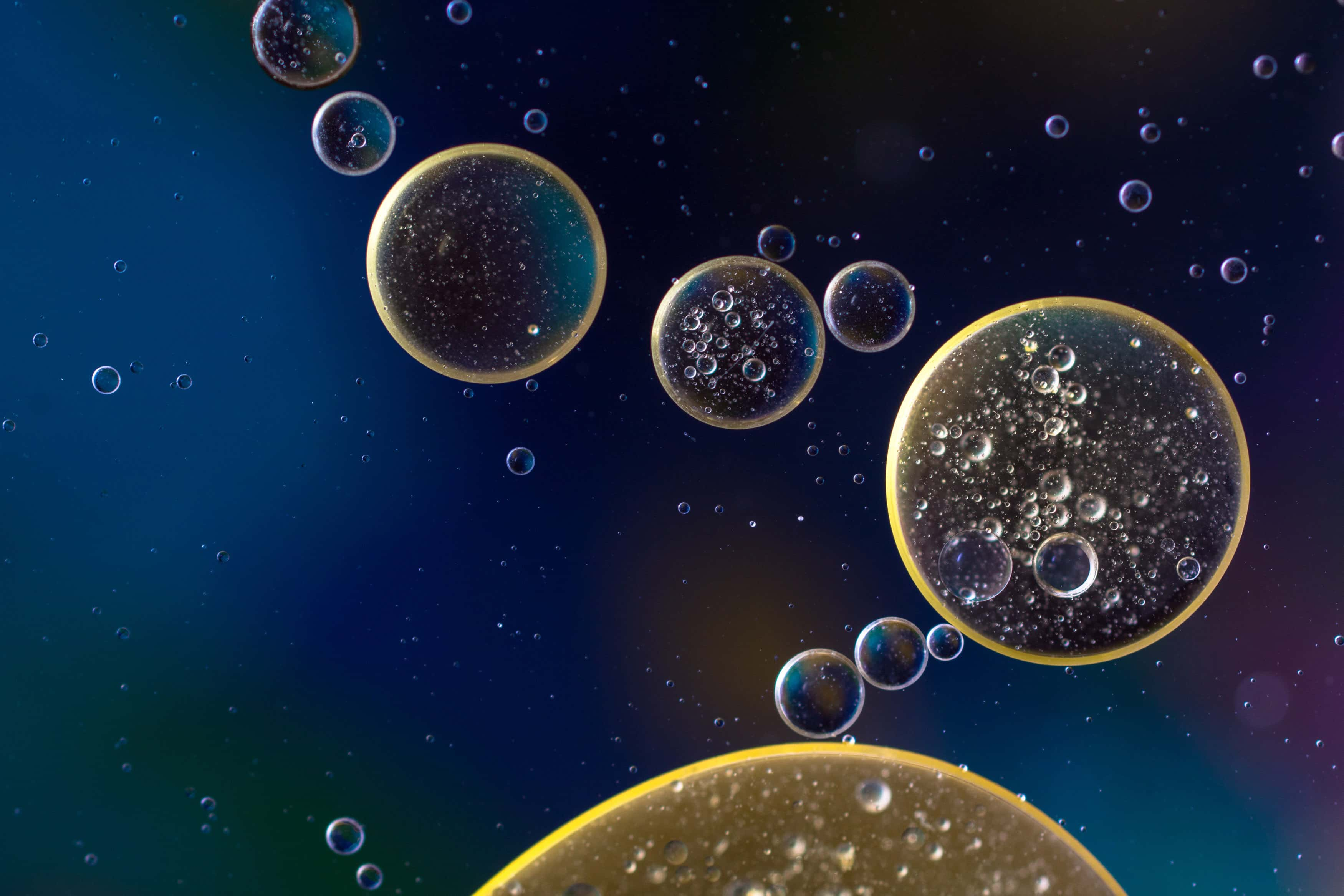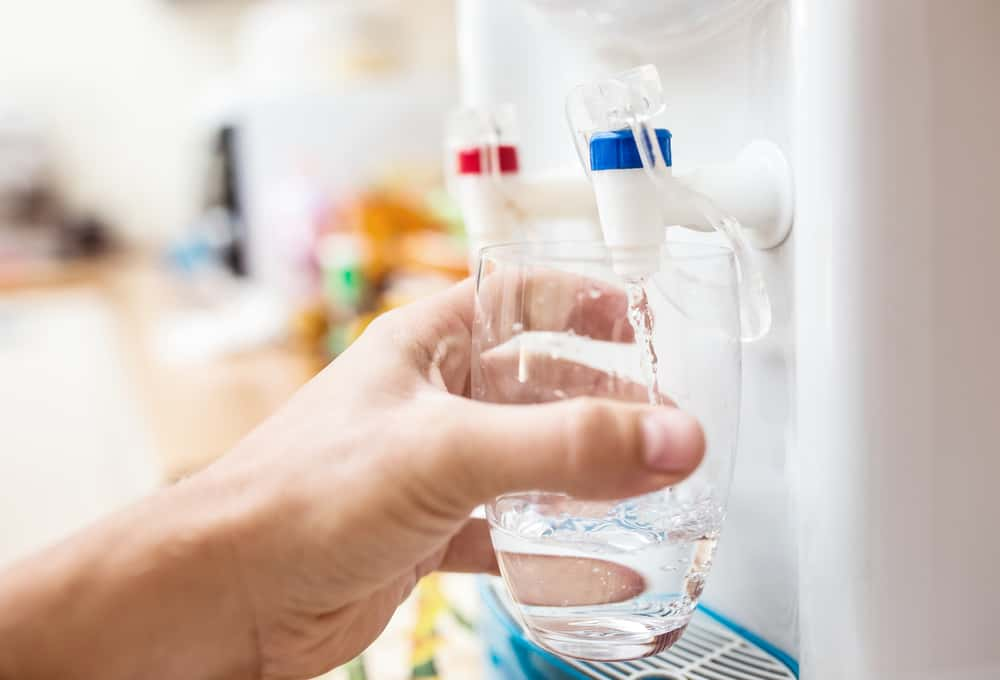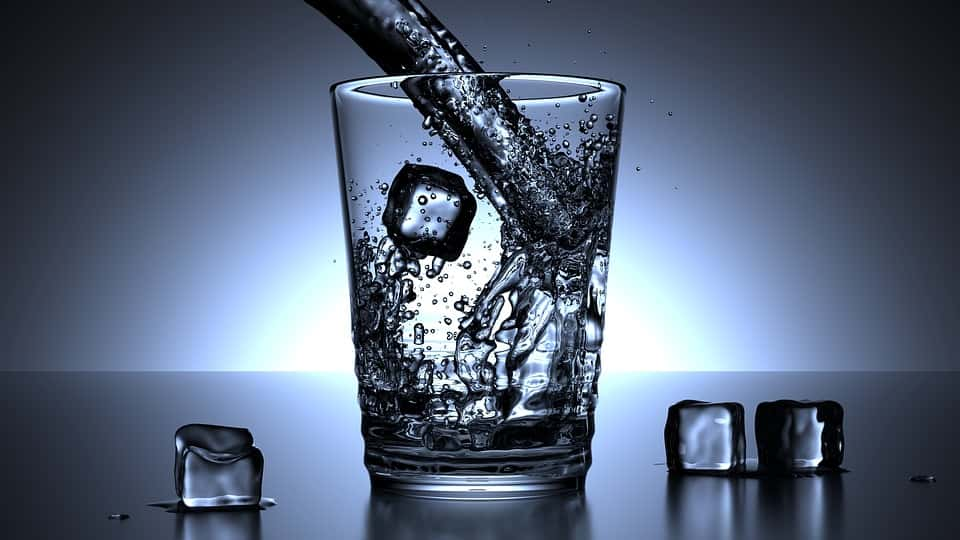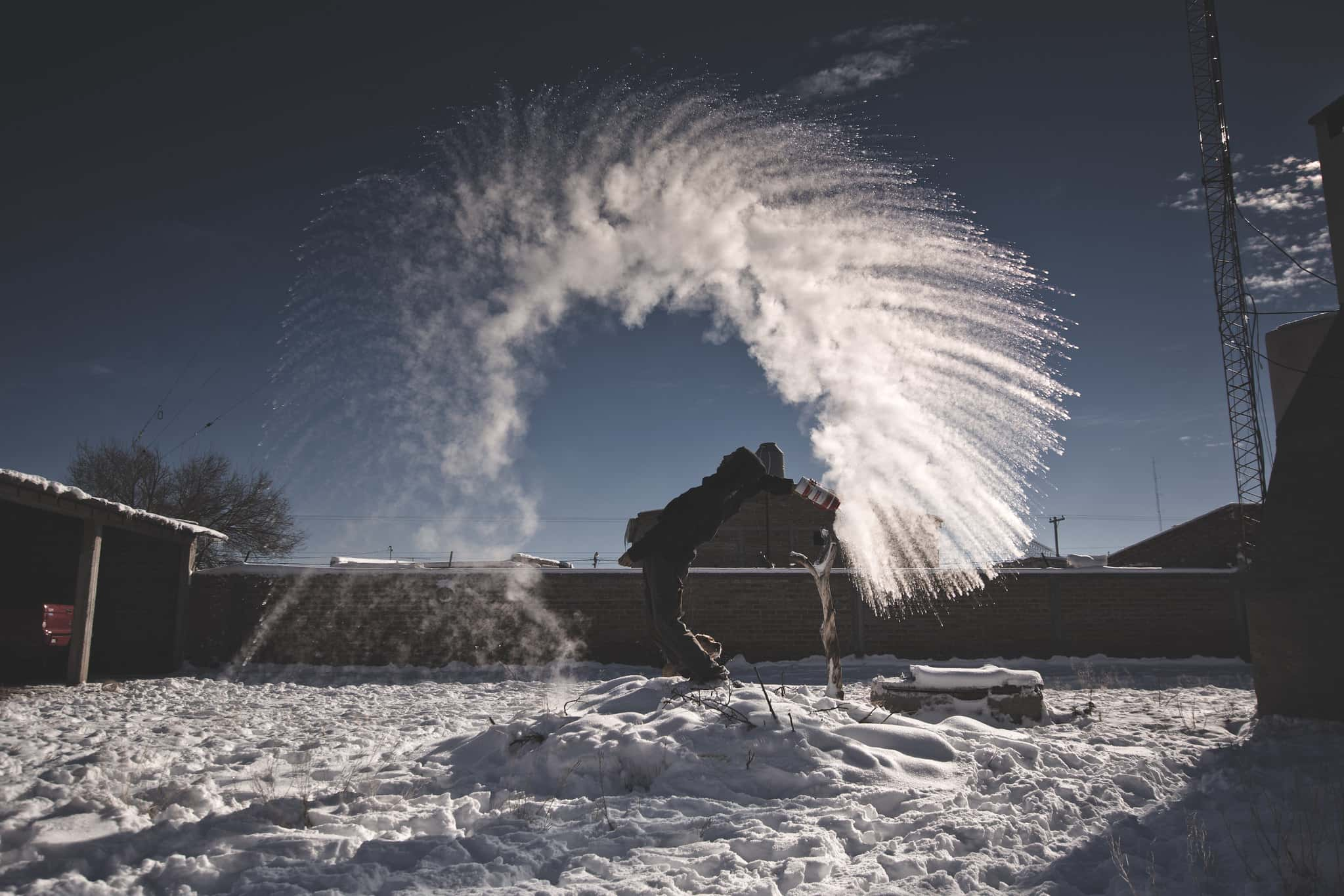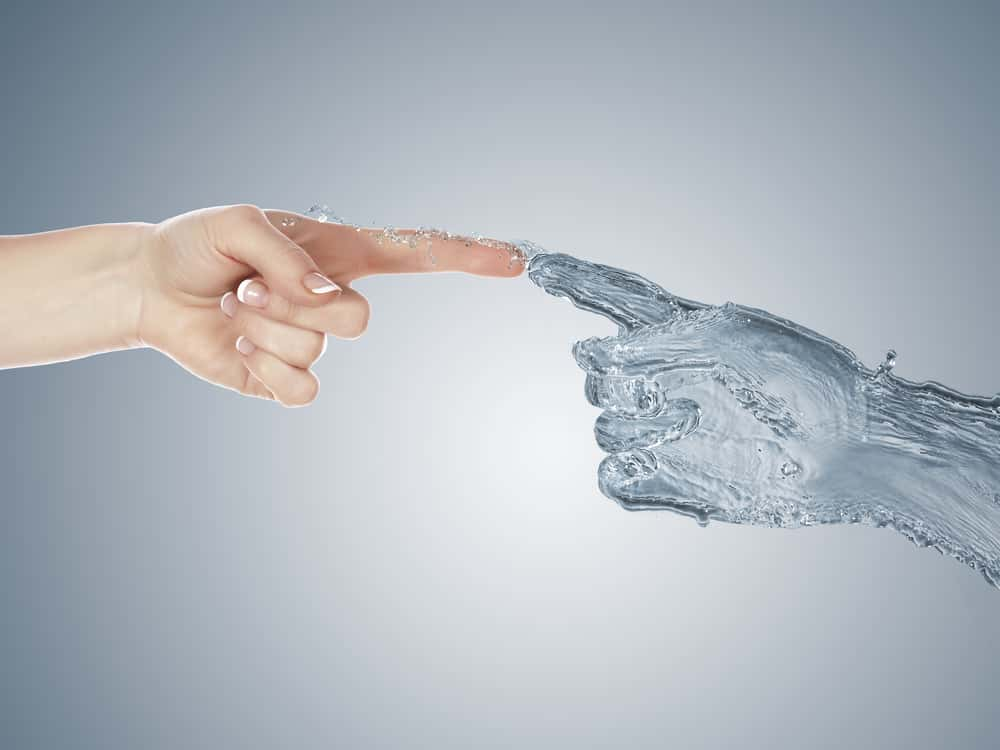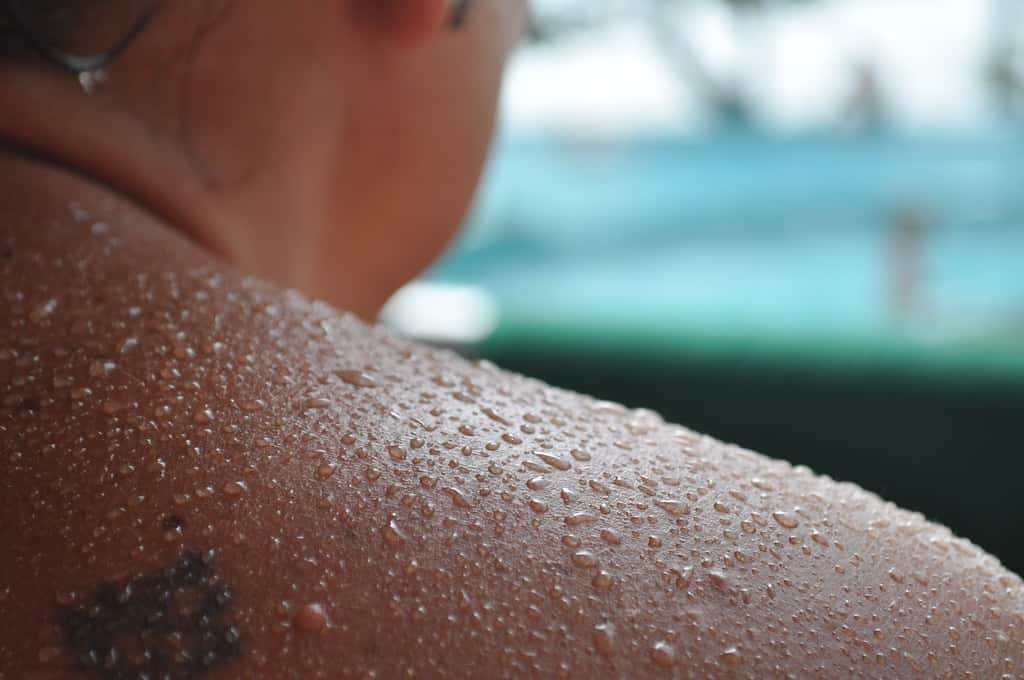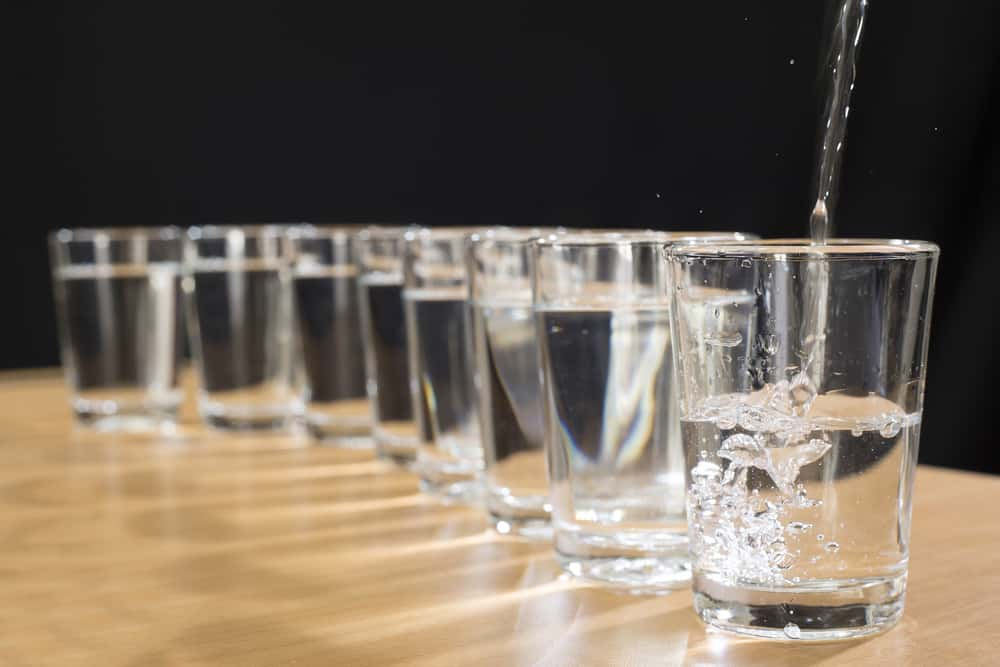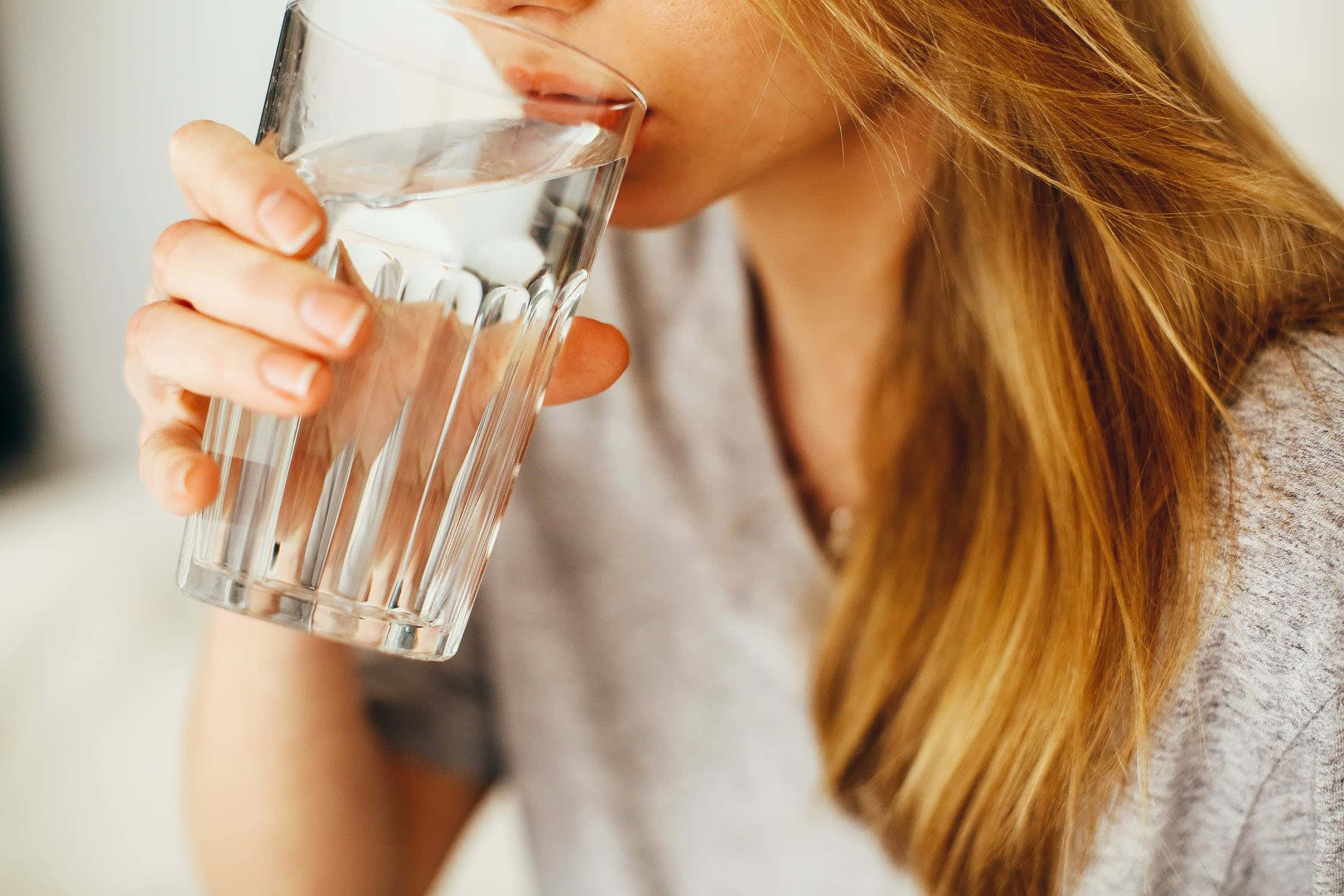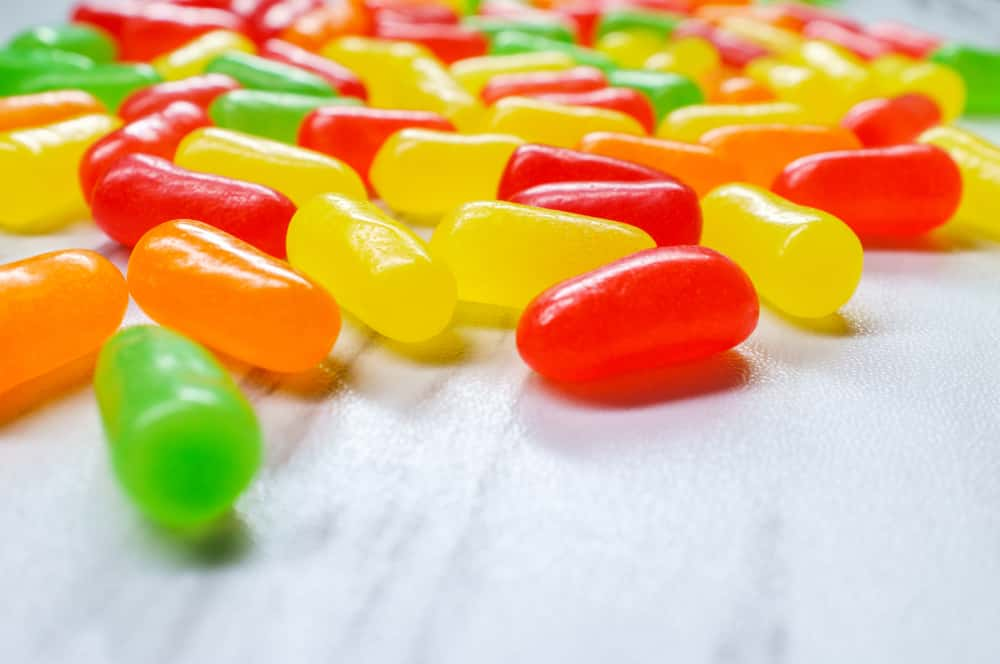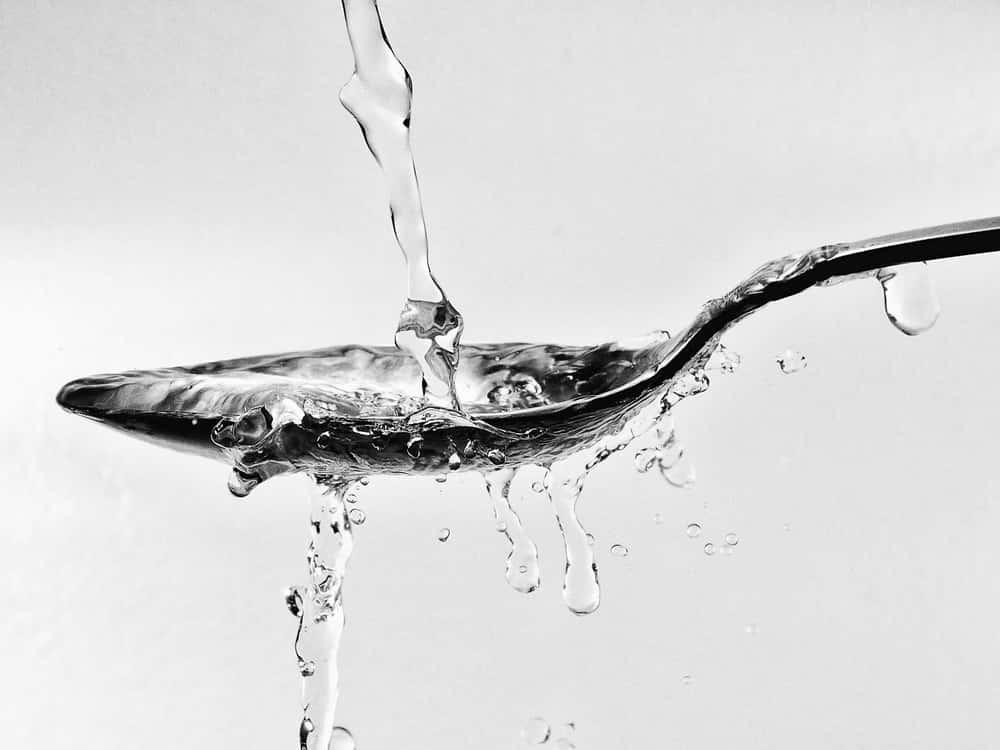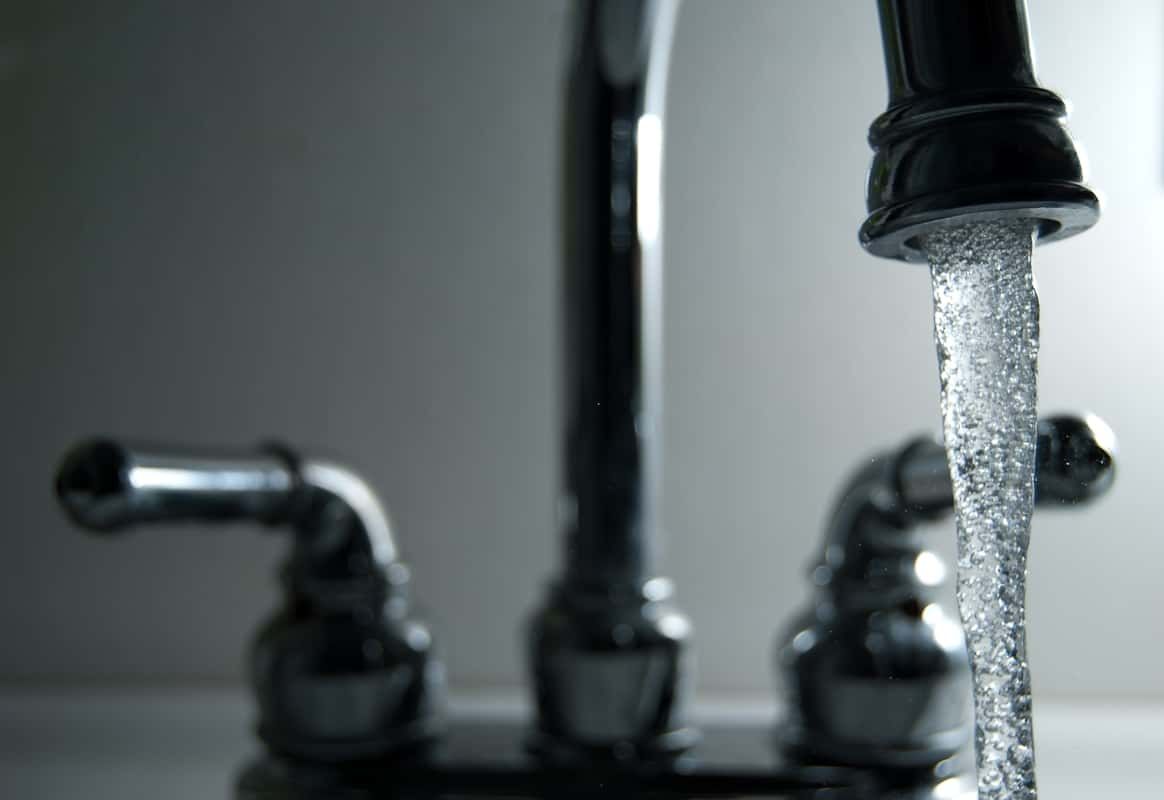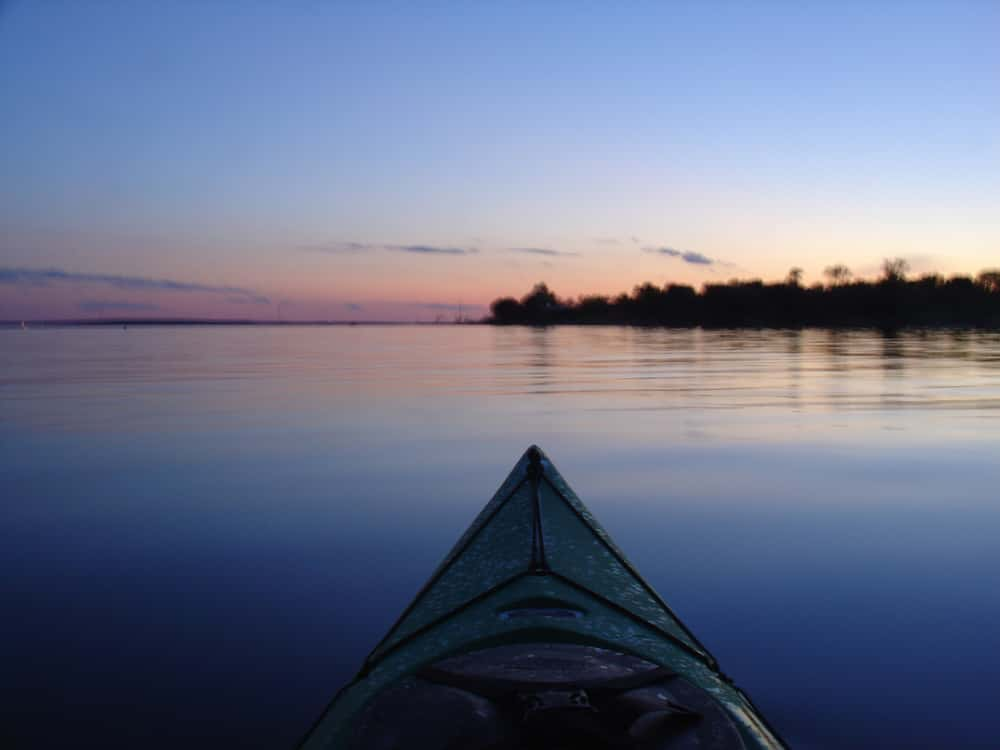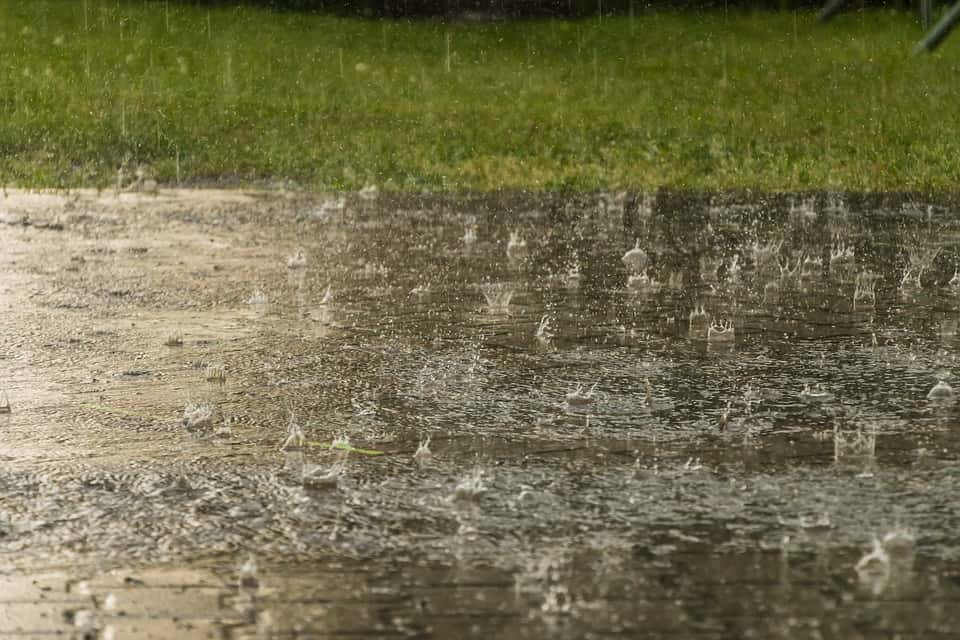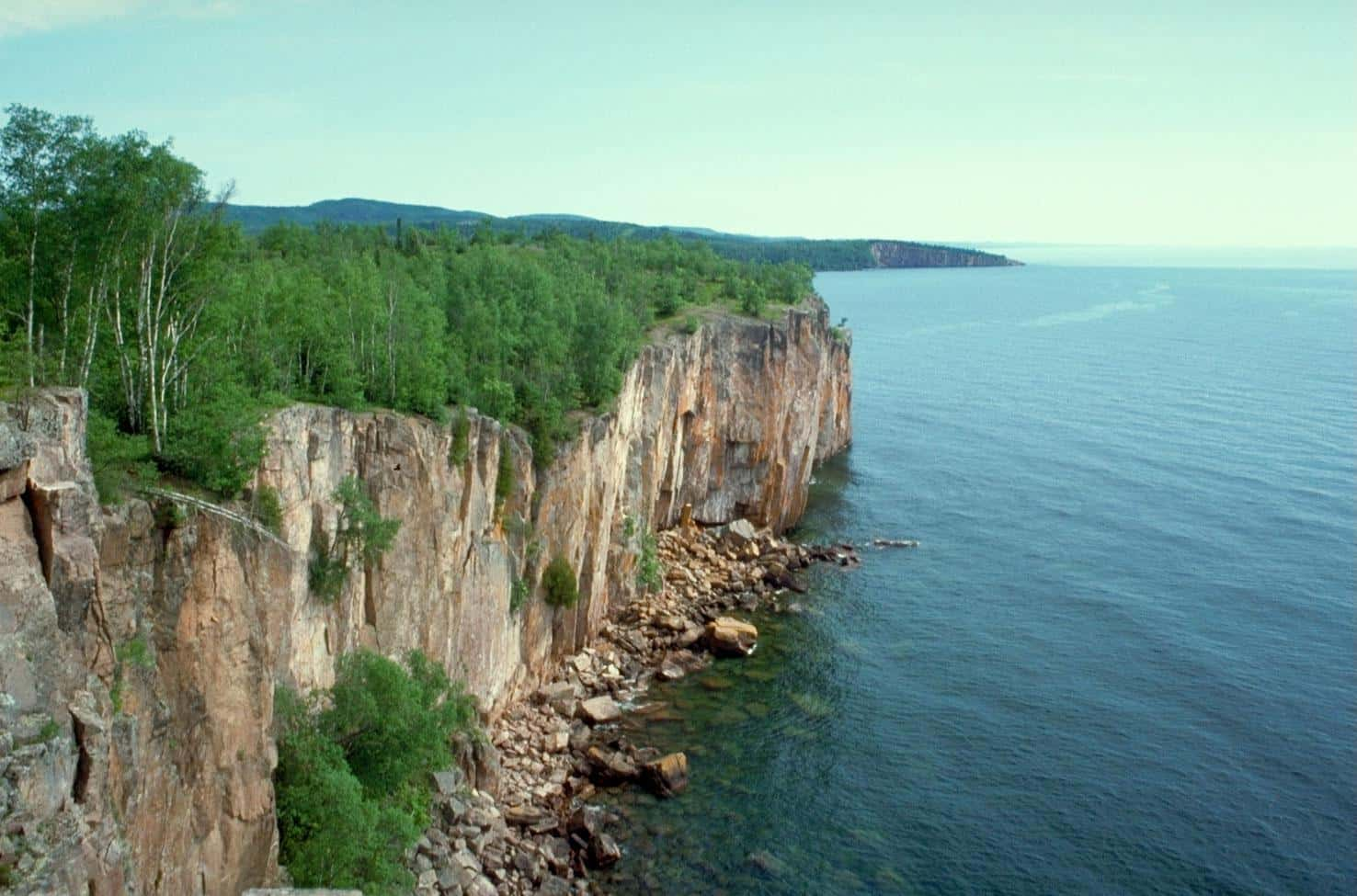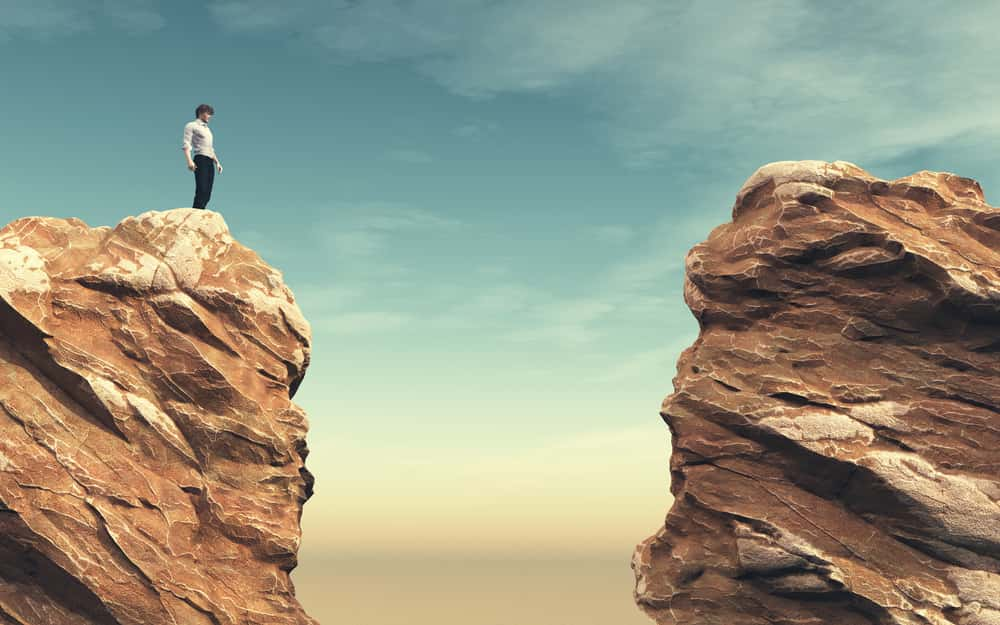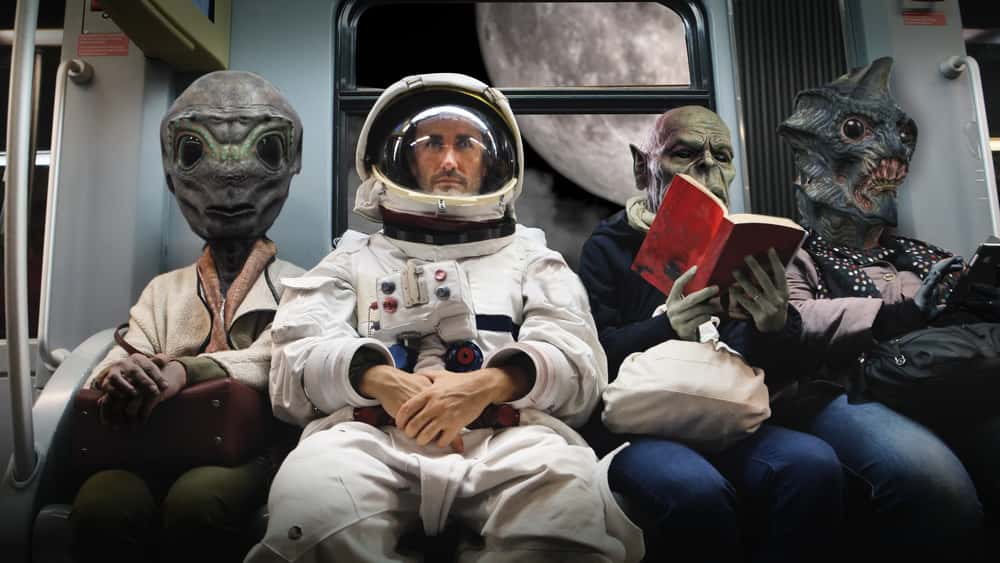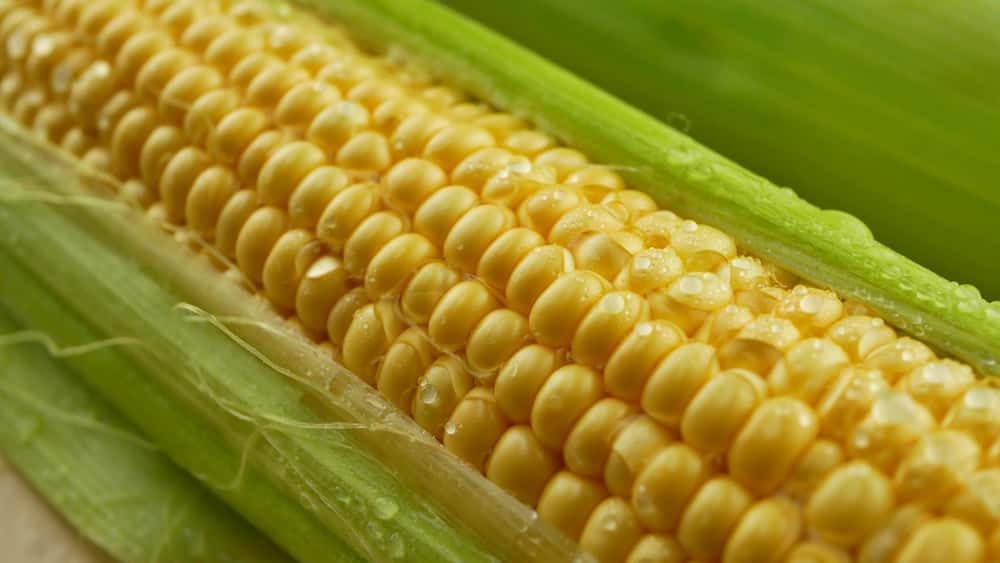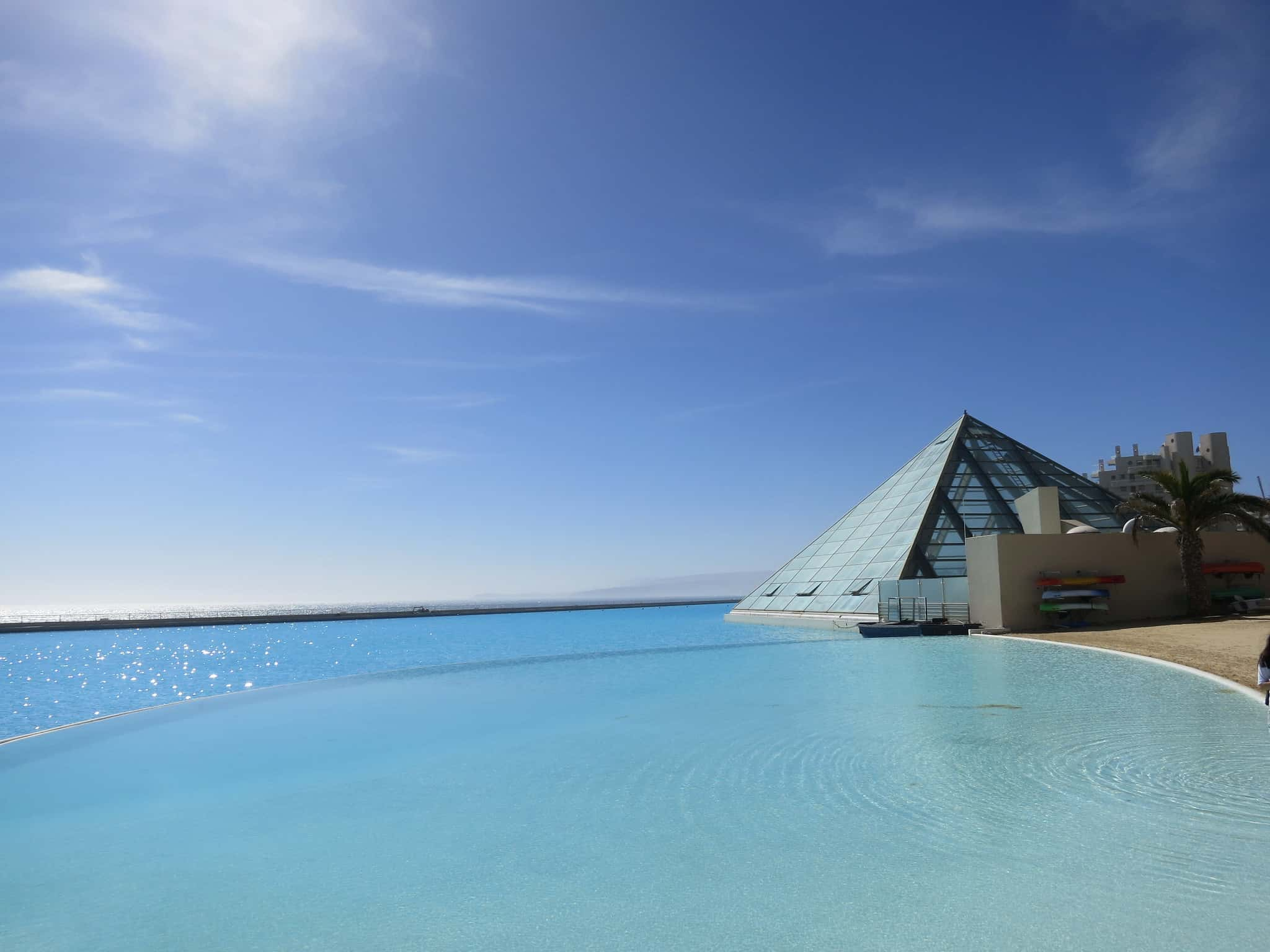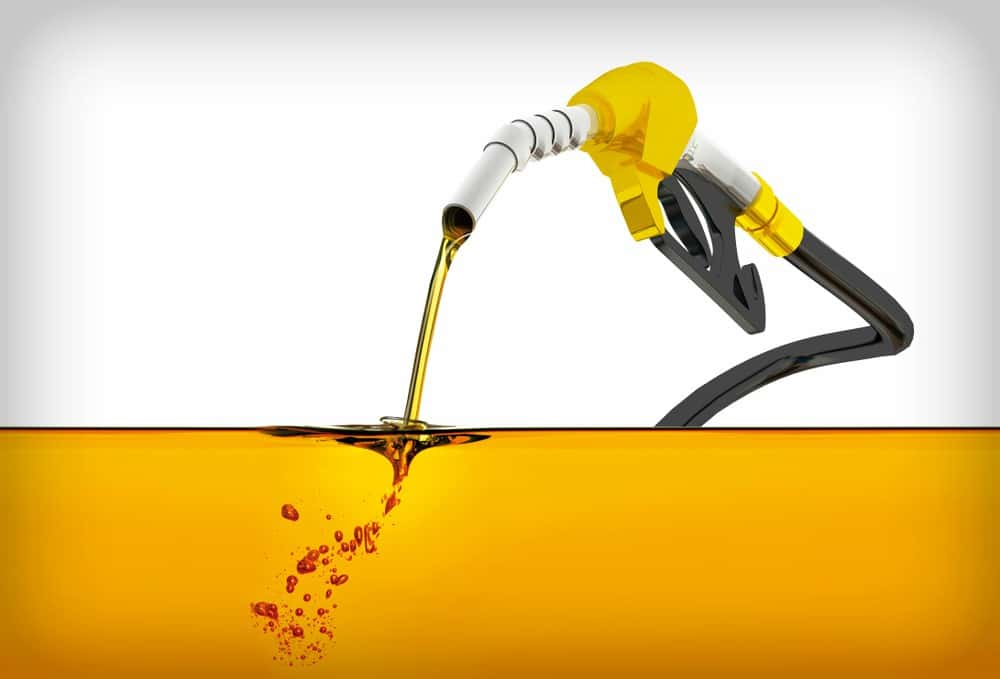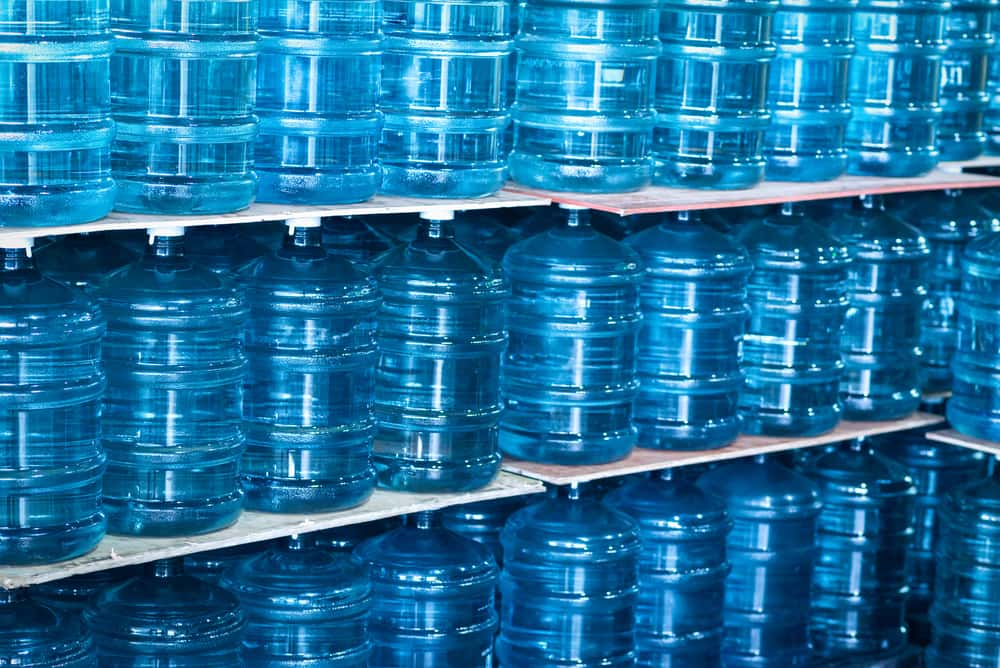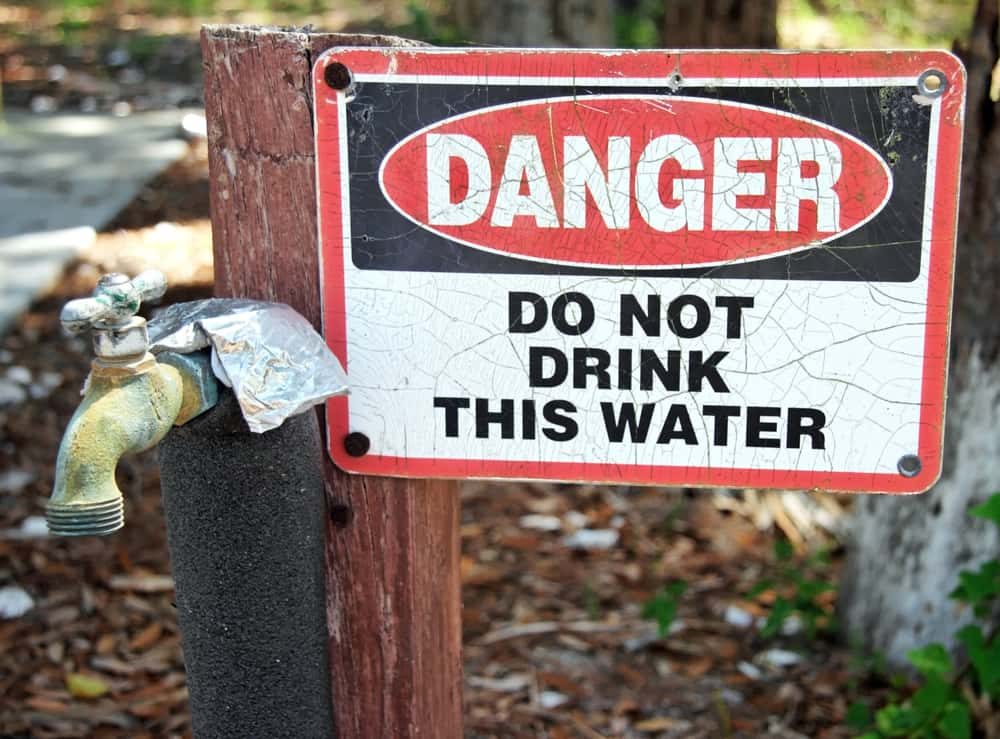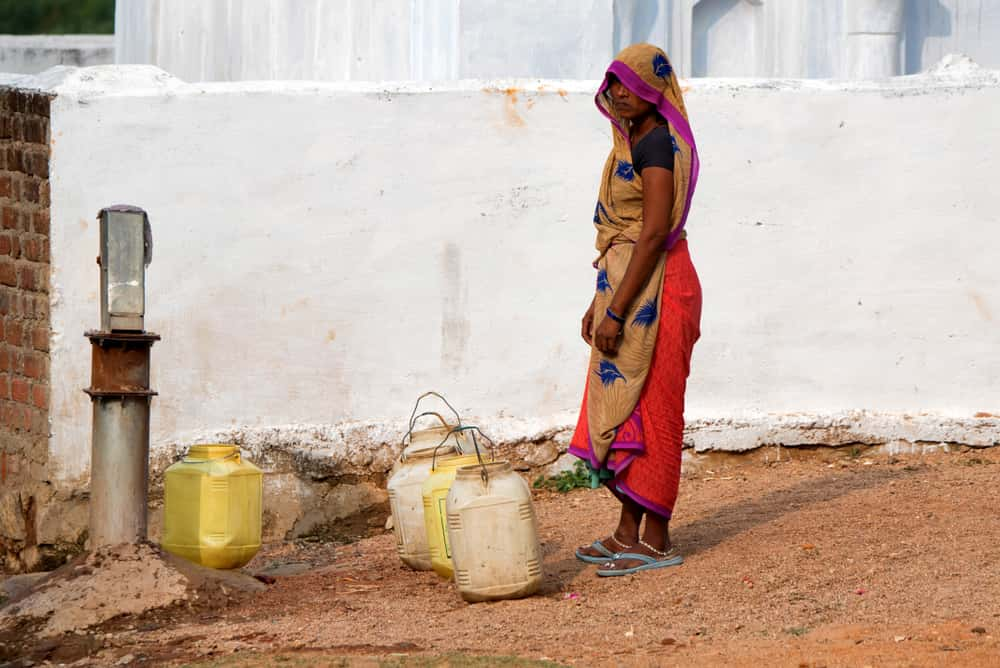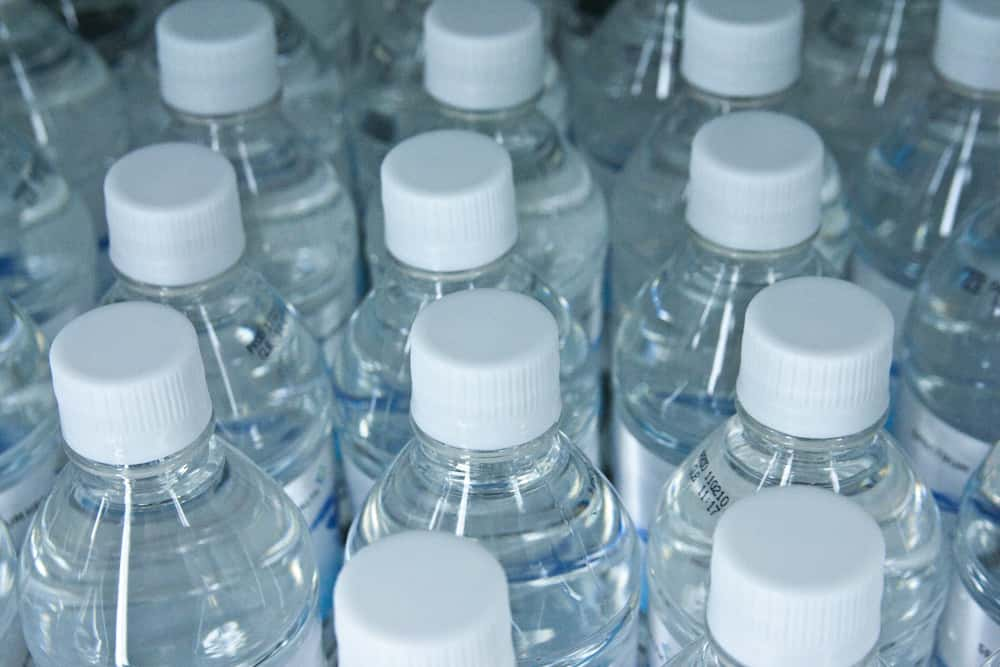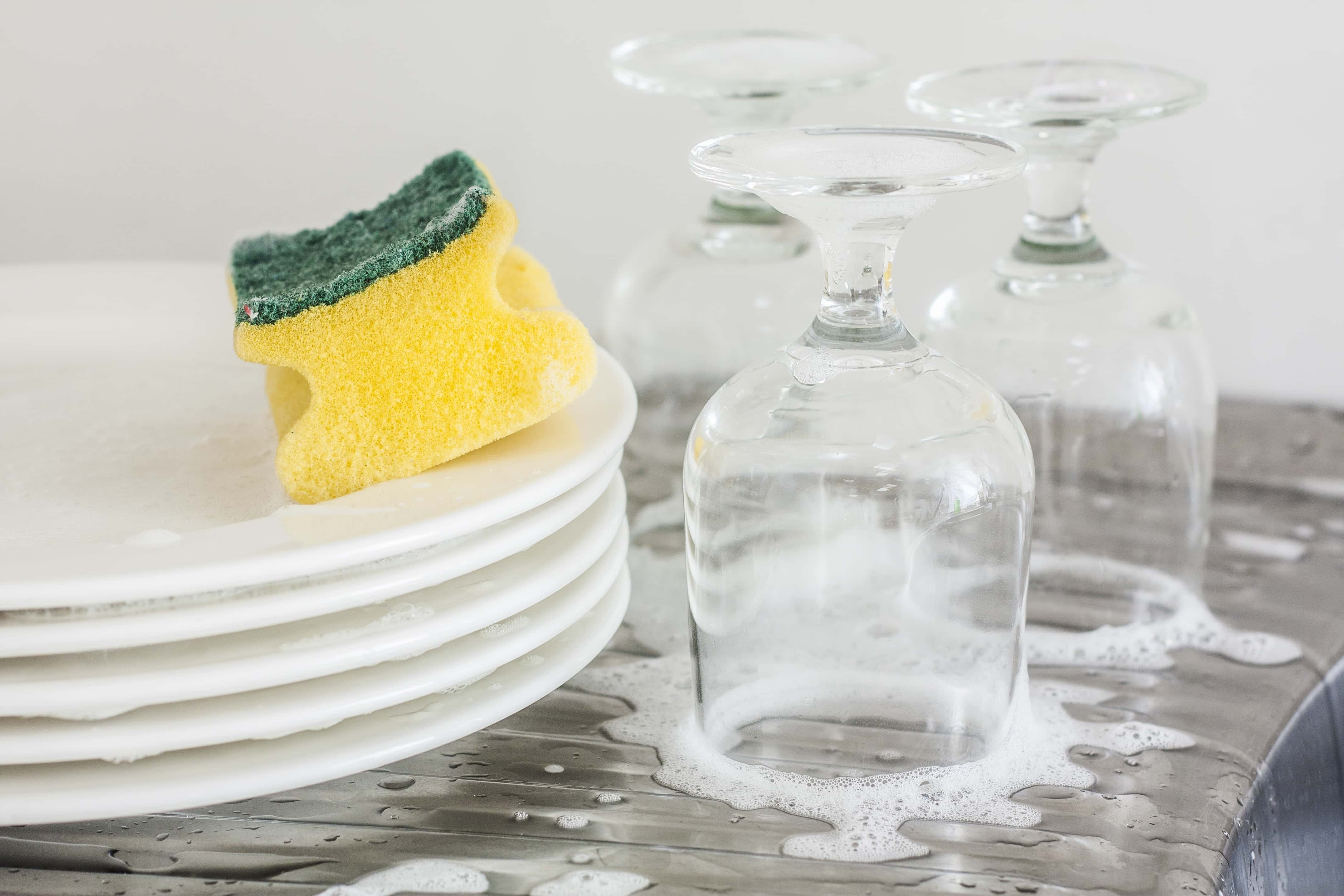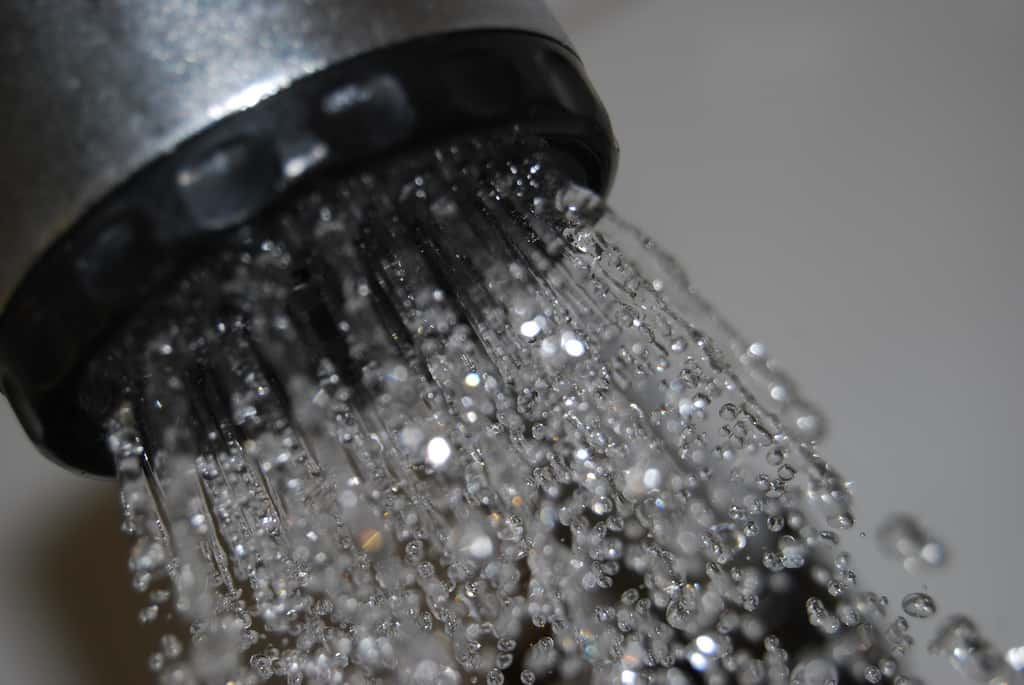Water. It's Planet Earth’s most precious resource. All living beings are composed, at least in part, of water, and they all need water for food, hydration, hygiene, and heat regulation. Water falls freely from the sky and still powers a multi-billion-dollar industry. But while everyone agrees that water is important, efforts to conserve water and to provide clean water to all the world’s citizens have been coming up short. More than 70% of the Earth’s surface is water, but precious little is drinkable, and with populations and global temperatures rising, the world’s water supply is approaching a crisis. Here are 42 refreshing facts about water.
1. The History of Water
Water is a finite resource. The water currently on Earth is the same water that has always been on Earth, and it has travelled through the water cycle over and over again. You drink the same water that fueled George Washington, Julius Caesar, and the dinosaurs.
2. Triple Point
You may already know that water is the only common substance that exists naturally as a liquid, a gas, and a solid. But did you know that, under very precise circumstances, water can exist as all three at once? When its temperature reaches 32.018˚F, and it faces a pressure of 611.657 pascals, water enters a phase called Triple Point, when its liquid, gas, and sold forms are all in perfect equilibrium. The slightest fluctuation in any of the three directions decides its state.
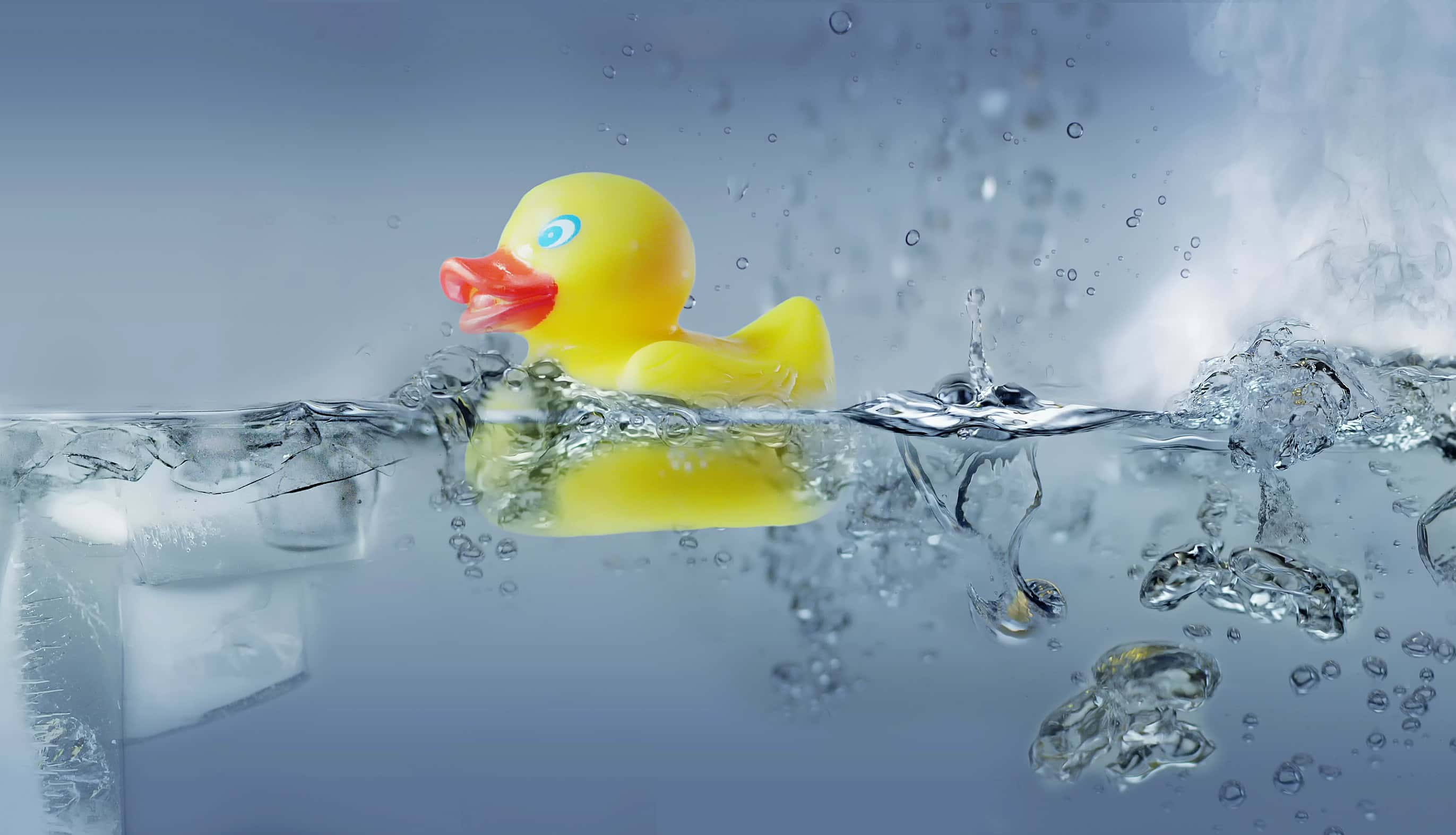 Shutterstock
Shutterstock
3. Ice to See You
Ice itself has 16 distinct phases, each with its own crystal structure. Varying degrees of pressure can create ice crystals which are cubic, hexagonal, or even amorphous.
4. Boiling Oil
In a process called thermal depolymerization, water can be superheated and used to turn any organic material into oil.
5. Deep Thoughts
A lot of the Earth’s water is in the atmosphere, which contains more water than all the world’s rivers, lakes, and reservoirs combined. However, if that water spread out over the entire globe, it would only be an inch deep.
6. Do You Hear What I Hear?
Hot water sounds different from cold water. Cold water is more viscous than hot water because the molecules move at a slower rate; this affects the sound the water makes when it is poured or run from a faucet. In an experiment run by a British sensory branding company, 96% of people were able to tell the difference between hot and cold running water.
7. Crystal Light
Ice is 9% lighter than liquid water, which is why it floats. When water freezes, it crystalizes, stretching the hydrogen bonds and making it less dense. This makes water different from most other liquids, which become heavier when they freeze.
8. The Mpemba Effect
In certain conditions, hot water freezes faster than cold water. This is called the Mpemba Effect. No one is quite sure why, but there are a number of suggested explanations, including evaporation reducing the water’s mass, frost insulating the colder water, and cold water containing more cold-resistant gasses.
9. Growing Up and Drying Out
The human body is somewhere between 50% to 65% water; that means a 150-pound man contains about ten gallons of water. Babies, at 78% water, are a little more liquid that older humans. Fetuses are practically all water—water accounts for 95% of a fetus’s body.

Sign up to our newsletter.
History’s most fascinating stories and darkest secrets, delivered to your inbox daily. Making distraction rewarding since 2017.
10. Water Loss
Humans lose about half a gallon of water a day through sweating, urination, and breathing—more if they live in warmer climates or engage in frequent strenuous exercise. Humans expend about one cup of water every day just from breathing.
11. Eight Glasses a Day?
Doctors don’t actually recommend you drink eight glasses of water a day. While the water humans expend has to be replenished one way or the other, a lot of the fluid can come from other liquids or even food. The “eight glasses a day” myth is based on a misunderstanding of a 1945 study, and has no real scientific basis. Within moderation, drinking extra water won’t hurt, but there’s no benefit, either.
12. Common Sense
So, what do doctors really recommend? It’s simple: drink if you’re thirsty. If it’s hot, drink more, but if it’s not, you don’t need to drink as much.
13. Just Say “No” to Snow
One should not, for example, try to replenish fluids by eating snow. In circumstances where this is possible, or might seem necessary, the cold presents a greater danger than dehydration does, and your body’s attempts to adjust to the cold will cause further dehydration. In such an emergency, melt the snow first and drink it as a (warmer) liquid.
14. Totes Jelly
People with Alzheimer’s are especially susceptible to dehydration: they can forget where to find fluids, forget they were thirsty, or even forget how to swallow liquids. To combat this, doctors may provide Alzheimer’s sufferers with “jelly drops,” bite-sized, brightly colored capsules which are 90% water. They are much easier to swallow and can be left out in easy-to-reach areas. Seven jelly drops would be equivalent to one cup of water and much easier to ingest.
15. Water, Water, Everywhere…
There are about half a billion trillion gallons of water on earth, but just 1% of that water is drinkable. 97% of the world’s water is saltwater, while an additional 2% is frozen in Antarctica. To put that in perspective, if all the world’s water was reduced to a gallon, the amount of drinking water available to us would be one tablespoon.
16. What a Drip!
Even the drinking water available to us is at risk of vanishing. Nearly 50% of the world’s drinking water is lost through simple faucet leaks. In American cities, one in every six gallons of drinking water is lost through leaks in the municipal water system. A single leaky faucet can lose as much as 3000 gallons every year.
17. Wood You Believe?
The first water pipes in the United States were made from hollowed-out logs which had been charred black. Wood staves were being installed in American water systems as late as the 1930s, and may still be in use in many places today.
 Wikimedia Commons, Walter Siegmund
Wikimedia Commons, Walter Siegmund
18. The City That Never Sleeps or Filters
The drinking water in New York City—which comes from the Catskills Mountains watershed— is so pure that it doesn’t require filtration.
19. The Blue Lagoon
The bright blue water of an abandoned quarry in Derbyshire, UK, made it a popular swimming hole for locals. What they didn’t realize was that bright blue color was caused by toxic runoff from the quarry stones, resulting in a poisonous pH balance of 11.3. To dissuade swimmers, the municipal government dyed the water black.
20. The Devil’s Lake
The Devil’s Lake, in North Dakota, is endoheric, which means that water neither flows into, nor out of, it. At 3,810 square miles, it is the largest closed body of water in the world. The Devil’s Lake can flow into the Sheyenne River at 1,458 feet, and while it came close in 2011, missing that mark by just four feet, it hasn’t reached that mark in over a thousand years.
21. It Never Rains, It Pours
The wettest place on Earth is Mawsynram, India, which receives more than 450 inches of rain every single year. These massive totals are particularly impressive if you consider that Mawsynram usually receives just two inches of rain during its dry season.
22. A Superior Fact
The largest body of fresh water in the world is Lake Superior, the largest of the Great Lakes between the United States and Canada. If the waters of Lake Superior were poured into a container the size of North and South America, they would still be nearly a foot deep.
23. Adding an Ocean
Within 10 million years, Earth will have six oceans. Researchers have already witnessed the beginnings of the new ocean in Ethiopia, where a 40-mile chasm opened and filled with seawater in little over a week. This chasm will eventually split Africa in two, with the new ocean framed between the two halves.
24. Out of this World
Water might be the reason why we haven’t met any aliens yet. According to one possible answer to the Fermi Paradox (which asks, if there is intelligent life on other planets, why haven’t we encountered it yet?), most alien life exists in the form of non-travelling sea-life. Inhabitable planets similar to Earth appear to have much smaller landmasses, so the inhabitants of those planets are probably more like squids or dolphins.
25. Down on the Farm
Around 69% of fresh water is used for farming. Some crops are major water wasters. Beef requires 1847 gallons per pound, almonds, 1940 gallons per pound, and vanilla beans a whopping 15,159 gallons per pound. One crop that actually gives back is corn: a single acre of corn gives up nearly 4000 gallons of water a day through evaporation.
26. Be Thankful for Water
The water needed to make a traditional Thanksgiving meal for a family of eight would be enough to fill an Olympic-size swimming pool—about 43,000 gallons. How does one cross such a pool? A gravy boat, of course.
27. Not Pool, Dude
Incidentally, swimming pools are major water-wasters. The average swimming pool holds 22,000 gallons of water. Swimming pools not only need a lot of water to be cleaned and filled, but they can lose as much as 1000 gallons a month to evaporation.
28. Fill ’er Up!
Fossil fuels are undoubtedly bad for the environment, but choosing gasoline can actually help conserve water. It takes 170 gallons of water to make a single gallon of ethanol fuel; it only takes five gallons of water to make a gallon of gasoline.
29. Wattage and Water
Nearly 400 billion gallons of water are used in the United States every day, and half of that is used to generate electricity.
30. Well Above Average
The average American uses 100 gallons of water every single day. That’s twice as much as the European average, and ten times higher than the daily usage recommended by the World Health Organization. The global average is 12 gallons.
31. The Clock is Ticking
3.41 million people die every year because of unsafe drinking water. Half of them are children. An average of 200 children die every single hour as a result of water scarcity.
32. No Vacancy
A lack of clean drinking water accounts for 80% of illnesses in the developing world. By some estimates, more than half of the world’s hospital beds are occupied by people whose illnesses are related to unsafe drinking water.
33. Working Overtime
The labor of getting water is gendered. In water scarce regions of Asia and Africa, women and girls walk an average of 3.7 miles every day to retrieve clean water. The hours they spend getting water is equivalent to the total daily work hours of Walmart, UPS, McDonalds, Target, Kroger, and IBM combined.
34. From the Earth to the Moon
Collectively, the women and children of South Africa make the equivalent of 16 trips to the moon and back every day in their quest for clean water.
35. At War over Water
Water scarcity is a leading cause of armed conflict. There have been at least 256 wars fought over water in world history, many of them quite recent. The early 2000’s “Land Cruiser War” in Darfur, for example, has been linked directly to attempts to control local water supplies.
36. Monopoly
In some African countries, the water supply has been monopolized by private companies. As many as 80% of people in many African cities have no choice but buy their water directly from a vendor, and may even have to pay to use toilets. The average Namibian family spends 20% of their income on clean water.
37. The Coming Crisis
One in nine people worldwide does not have access to clean water; that number is growing quickly. By 2025, nearly two-thirds of the global population will suffer from water depravation.
38. Tapping Out
The world’s water is in crisis, but it doesn’t need to be that way: the money needed to provide clean drinking water to everybody is equal to just one-third what the world spends on bottled water every year.
39. Put Down the Bottle
More than half of all bottled water comes directly from the municipal water supply—it’s literally just tap water. And since municipal water suppliers in the United States are more heavily regulated than the companies that sell bottled water, your tap water is probably healthier, too. And finally, tap water saves you money: if you buy a bottle of water just once and refill the bottle, you would have to refill the bottle 2000 times before the cost of the tap water matches the initial cost of the bottled water.
 Shutterstock
Shutterstock
40. A Brush with Water Scarcity
Instead of leaving the tap running while you brush your teeth, turn it on and off as needed. This can save as much as four gallons of water every time you brush.
41. Dishing It Out
A good dishwasher is more efficient than doing dishes by hand. A dishwasher uses about four gallons per load, while washing dishes by hand can use as much as 20 gallons.
42. Time’s Up
The average shower uses 2.5 gallons of water a minute, while the average American showers for eight minutes every day. If that average was cut back to seven minutes, it would save more than 85 billion gallons of water every day.
Sources: 1, 2, 3, 4, 5, 6, 7, 8, 9, 10, 11, 12, 13, 14, 15, 16, 17, 18, 19, 20, 21, 22, 23, 24, 25, 26, 27, 28, 29, 30, 31, 32, 33, 34, 35, 36, 37, 38, 39, 40, 41, 42, 43, 44, 45, 46



